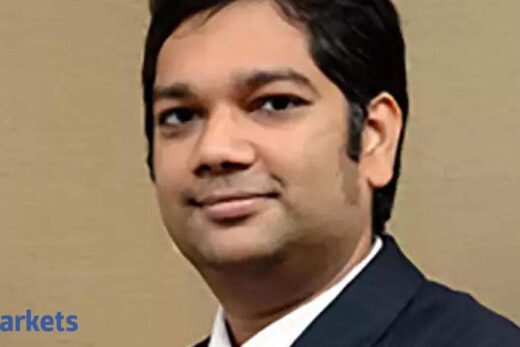Also, there are many young investors in the US who are using stimulus inflows to invest in the financial market. This shows that money flow to the US equity market is likely to be sustained.
Notwithstanding the high fiscal deficit spending and borrowing, Covid-19 has impacted supply chains. This is why inflation expectation is running at five-year-high level in the US. However, if we look at commodity prices from a larger time frame, they have not spiked to their all-time high levels. In 2008, commodity prices were much higher than they are now.
Looking at the Indian economy, the Jan-Feb headlines are all positive. GST collection for the fifth month in a row was above Rs 1 lakh crore. The unemployment rate is now at pre-Covid level. Manufacturing PMI is positive and expanding. This shows people are going back to business. More importantly, our debt-to-GDP ratio is much lower than other countries.
Steps taken by the government in the previous years have resulted into transitioning the economy. Earlier we were a high fiscal deficit country. Now, even despite Covid impact, we are a relatively low fiscal deficit country. Our commercial lending flow is now rule-based. Earlier bank lending created relatively higher NPAs. Now there is meritocratic schemes such as PLI (production-linked incentives), which hopefully will not repeat the mistakes of the textile upgradation fund.
Earlier we were a high-inflation economy, now we are transitioning towards low-inflation economy. Earlier we were infrastructure-deficit country, now we are gradually moving towards infrastructure-surplus country. Earlier we were a physical economy, now we are physical as well as digital economy. Earlier government used to be referee as well as a player in many industries. Now, government is announcing that it will be present in four sectors and may exit the rest.
All these reforms are expected to help India transform into a faster growing economy in the coming years. Signs of recovery are evident in India’s key indicators. We believe GDP growth will continue to sustain. The PLI scheme is a game changer. This plan is linked to production; and is meritocratic. The faster and higher you produce, the more the incentive will be. The PLI scheme is moving across 13 industries. We believe it will add about a percentage point on an incremental basis to GDP growth by FY27.
The second booster to GDP growth may be housing, real estate and construction sectors. Affordability of housing has improved over the past 9-10 years. Housing loan interest rates today are at 6-6.5%; one of the cheapest in a long time. This sector will support another percentage point to the GDP. The Budget has set ambitious target for infrastructure spending. The reforms and spending can push India’s growth rate to high single digits and even low double digits in the coming months.
Undoubtedly markets are currently going through a wall of worry. Active Covid cases are rising in India, especially in Maharashtra and Mumbai. Secondly, inflation fear is coming back. And thirdly, there is a worry that rising interest rates can derail the equity market. My feeling is that one year down the line, we would have conquered all these worries. Active cases would have come down courtesy vaccination.
Inflation will be subdued after remaining high for a while because of rising commodity prices. We are already seeing oil cooling off, and so inflation will remain range-bound.
What the market has factored in today and which will be proven in the days to come will be rising corporate profitability. Corporate India has cut costs. Falling interest rates along with cost cuts have expanded their margin and that rising profitability will continue to pull the market up. The kind of returns we saw between March 2020 and March 2021 would not be possible between March 2021 and March 2022, because in March 2020, we were coming from a cheap market while March 2021 is a fairly valued market.
For an investor, the key thing to ensure is to keep patience and discipline. Wealth is built over a long period of time, as the magic of compounding works over long periods. When you are looking for wealth creation through SIP in equity mutual funds, you have to take a 15-20 year view. There is no shortcut to success.



